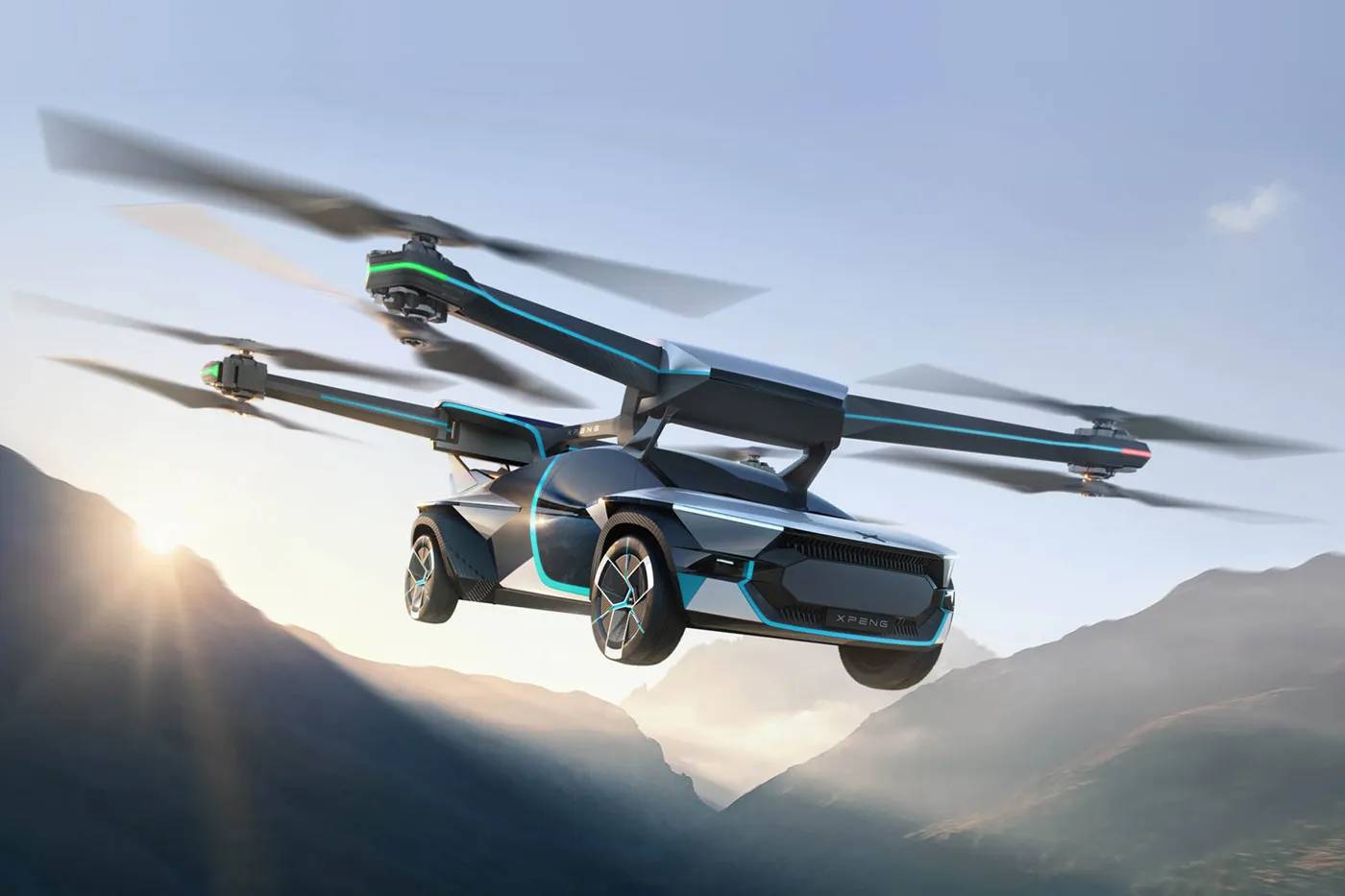
Electric Air Taxis: Taking Urban Mobility to New Heights
The Sky Is No Longer the Limit
Picture soaring above rush-hour traffic in a smooth, silent electric plane. It takes you straight to your destination. What used to seem like science fiction is now quickly becoming real with electric air taxis. These futuristic vehicles mark a big change in urban air mobility (UAM). They provide a sustainable and efficient option. Plus, they could transform how we travel compared to traditional ground transport.
By 2050, the global urban population is expected to reach 68%. This rise will make congestion, pollution, and problems in urban transport systems more serious. Electric air taxis are referred to as eVTOLs (electric Vertical Take-Off and Landing aircraft). They are emerging as a promising solution. They are designed to provide on-demand, eco-friendly air travel within and between cities.
In this post, we’ll look at electric air taxis. We will discuss the technology behind them, how they might change city life, and the challenges we need to solve before they can launch widely.
The Evolution of Urban Mobility
Urban transportation has undergone significant transformations over the decades:
- Horse-drawn carriages were replaced by motor vehicles.
- Public transport systems like subways and buses transformed how cities expanded.
- Ride-sharing platforms changed the way we access vehicles on demand.
Electric air taxis represent the next major leap. Unlike traditional helicopters or planes, these vehicles aim to be quieter, safer, and more efficient. They support sustainability goals. They also meet the public’s demand for alternatives to crowded roads.
Why Now?
Several factors have converged to make electric air taxis feasible today:
- Advances in battery technology allow for lightweight, high-capacity power sources.
- Autonomous navigation and AI systems have matured, enabling safer automated flights.
- Increased urban congestion has created the demand for alternative transport solutions.
- Climate urgency has pushed industries toward low-emission innovations.
The Technology Behind Electric Air Taxis
At the heart of every air taxi is cutting-edge engineering. Here’s what powers these futuristic flyers:
eVTOL Design
Electric air taxis use eVTOL technology, meaning they can take off and land vertically. This eliminates the need for long runways and enables them to operate in dense urban environments.
There are three main configurations:
- Multirotor (like a drone): Excellent stability and simplicity.
- Tilt-rotor: Rotors tilt to provide both vertical lift and horizontal thrust.
- Lift + Cruise: Separate rotors for vertical take-off and forward flight.
Battery Innovation
Battery power is critical. Modern air taxis use lithium-ion batteries. There’s growing research into solid-state batteries, which offer:
- Greater energy density
- Faster charging times
- Improved safety
Autonomy and Navigation
Autonomous or semi-autonomous operation reduces the need for human pilots. These aircraft rely on the following:
- Advanced AI algorithms
- Lidar and radar systems
- Real-time data processing for route optimisation and obstacle avoidance
Charging Infrastructure

Charging stations are often called vertiports. They will be strategically located on rooftops, car parks, or near transport hubs. They must support:
- High-speed charging
- Battery swapping (in some models)
- Maintenance and operations facilities
Use Cases: How Electric Air Taxis Could Reshape Travel
Electric air taxis are not just about novelty. They could solve serious transport issues.
Commuter Transport
- Intercity and intracity travel: A 30-minute drive could become a 10-minute flight.
- Time savings: Ideal for executives, professionals, or anyone prioritising time over cost.
Emergency Services
- Medical emergencies: Rapid transportation for patients, organs, or medical teams.
- Disaster relief: Bypassing blocked roads to reach isolated or affected areas.
Tourism and VIP Services
- Scenic flights: Urban sightseeing from the skies.
- Luxury mobility: Premium services for high-end travellers.
Logistics and Cargo
- Transporting high-value or time-sensitive cargo.
- Last-mile delivery over congested areas.
Industry Leaders in Electric Air Taxis
Several companies are racing to lead the electric air taxi revolution:
1. Joby Aviation (USA)
- Backed by Toyota and Uber.
- Promises flights up to 150 miles at 200 mph.
2. Volocopter (Germany)
- Focused on urban air mobility.
- Partnering with cities like Singapore and Dubai.
3. Lilium (Germany)
- Unique jet propulsion system.
- Aims for regional mobility—flying between cities.
4. Archer Aviation (USA)
- Strong partnerships with United Airlines.
- Plans for commercial operations by 2025.
5. Vertical Aerospace (UK)
- Focus on sustainable aviation.
- Working with Rolls-Royce and American Airlines.
Real-World Trials and Progress
The technology isn’t just in labs—it’s being tested in real airspace.
- Dubai has trialled autonomous aerial taxis since 2017.
- Singapore is investing heavily in UAM trials.
- Los Angeles, Miami, and Dallas are working with Joby and Archer to launch air taxi services by 2025.
Some cities are even integrating vertiports into new buildings and transport terminals.
Regulatory and Infrastructure Challenges
Despite exciting progress, challenges remain:
Safety and Certification
- Ensuring compliance with aviation regulations.
- Extensive testing and validation for public trust.
Air Traffic Management
- New systems needed for low-altitude traffic control.
- Integration with existing aircraft and drones.
Infrastructure and Investment
- Building vertiports and charging stations.
- Significant capital needed for large-scale deployment.
Public Acceptance
- Noise, visual impact, and perceived risks may raise concerns.
- Transparent communication and safety demos will be essential.
Affordability
- Initially, air taxis may be a premium service.
- Economies of scale and competition will bring down costs over time.
Environmental Impact

Electric air taxis can greatly cut carbon emissions. They are cleaner than cars and helicopters, especially when powered by renewable energy.
Key sustainability benefits include:
- Zero tailpipe emissions
- Lower noise pollution compared to helicopters
- Reduced road congestion
Battery production and disposal raise environmental concerns. So, a full lifecycle assessment is needed.
Future Outlook: When Will We See Air Taxis Everywhere?
Experts predict we may see limited commercial services as early as 2025, with wider adoption around 2030–2035.
Short-Term (2025–2027)
- Pilot programs in select cities.
- Vertiports and infrastructure development.
- Public awareness campaigns.
Mid-Term (2028–2032)
- Integration with public transport.
- Expansion of fleets.
- Improved affordability.
Long-Term (Post-2035)
- Full-scale adoption.
- Potential for autonomous-only flights.
- Networked systems with AI-powered scheduling.
Conclusion: The Skies Are Opening for Urban Transport
Electric air taxis are poised to revolutionise the way we move through and between cities. They provide a strong answer to today’s city transportation problems. They help reduce congestion, cut emissions, and save time. Hurdles still exist, but rapid innovation, increased investment, and public excitement point to a bright future in the sky.
The dream of commuting by air is no longer a distant fantasy. It’s being engineered right now, above our heads.
Are you ready to soar above the traffic?
Share your thoughts in the comments below or join the conversation on social media. Stay tuned for more insights on next-gen transportation!


